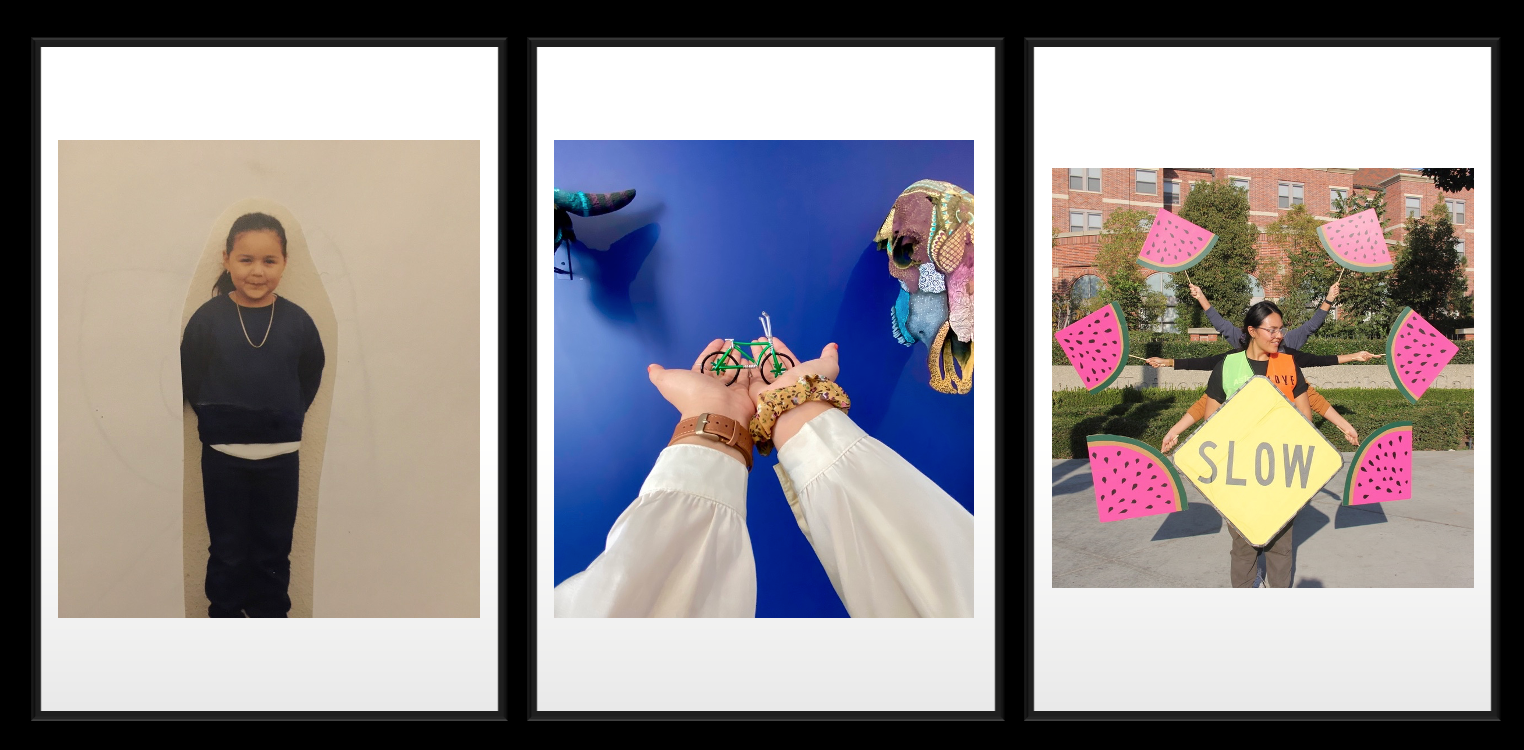
23 Mar Brisa Aviles – Curiosity Transcends Borders: An Unconventional Origin Story
Imagine one day out of the blue somebody asks you, “What motivates you in life?” At first we stutter and think about the question so deeply that we come up with many things, or nothing at all.
When I was asked that question for ABSTalk, an assignment for the Urban Futures Lab Fellows, I didn’t know where to start. ABSTalk is our very own Public Matters version of a TEDTalk. The famous talk series provides public speaking opportunities sometimes accompanied by a PowerPoint so individuals can present a topic they are passionate about. Our ABSTalk required us to highlight our motivations, goals and aspirations in 10 minutes.
As I drafted up my talking points, I knew the one thing I had to bring up was what I consider most important to my motivations, my family. I immediately reflected on my upbringings in both San Ysidro, California and Tijuana Baja California. My ABStalk was a reflection on how those two places I call home contribute to the way I see and understand built environments today. I knew from the beginning that talking about family would be emotional, but publicly speaking about my upbringing challenged me to be vulnerable in front of others. Although it would be very nerve wrecking for me, I figured it was a challenge worth exploring because the Fellowship is a time for growth.
 Me presenting my ABSTalk in front of the Public Matters family on February 3rd, 2020. The background slide is an image of me and my grandmother in front of my childhood home.
Me presenting my ABSTalk in front of the Public Matters family on February 3rd, 2020. The background slide is an image of me and my grandmother in front of my childhood home.
Using my strong interest in urban planning as a framework for the presentation I was able to explore my upbringing and why it inspires my interest in the field. Young Brisa constantly questioned the differences between the city I lived in, Tijuana Baja California and the cities of San Diego, Paris, New York etc. What made us different? The images I shared showed the infrastructure and transportation systems of Tijuana to provide the audience with some visuals of the stark differences between the U.S. and Mexico, despite their proximity to each other. As a kid, I asked myself the same questions good urban planners ask themselves, Why is the city built this way? Why does it look this way? Why does it behave this way?
 Images of infrastructure, informal housing, and transportation systems from Tijuana Baja California.
Images of infrastructure, informal housing, and transportation systems from Tijuana Baja California.
Exploring those questions as a child was difficult due to my identity as a transfronteriza. Transfronteriza is a word used in education to describe navigating frontera (borderland) communities. I lived in Mexico and went to school in the United States. Talking about living in Tijuana during school hours was impossible because I could get kicked out of school and my parents could get in trouble. This meant I could not explore the questions I was so curious about at that age.
Today, I continue asking myself questions that inform the built environments I inhabit. The urban conditions of communities of color are significantly different to the communities inhabited by white counterparts. Why is it that communities of color face environmental injustice, high traffic related fatalities, poor city maintenance, and lack of resources in public schools? Who is responsible for making these design and planning decisions? After looking up “demographics of urban planners in the United States” I was shocked at the results. During my ABSTalk, it was emotional sharing the realities of growing up as a low income kid and why urban issues are very personal to me. For those who think of urban planning as just another abstract field, I intend to bring into the profession real experiences that question the history and trajectory of a white dominated profession. I brought these points into my ABSTalk because I wanted to highlight the importance of representation in this field. Stronger representation will significantly determine the future conditions of cities.
The ABSTalk experience was challenging, but there was a lot that I learned from it. It was an amazing opportunity to tap into my origin story as a future planner. Thinking of young Brisa and how much she has grown, I’ve realized I have not changed when it comes to my curiosity and interest in learning. Coming up with a motivational speech wasn’t too bad, at the end of the day, the real motivation was myself.
 Screenshot from my powerpoint presentation. The first image is a 5 year old Brisa, the second image of me holding up a figurine of my olive green bike, the last photo is me participating in the Public Matters TroJam Slow Jam at USC.
Screenshot from my powerpoint presentation. The first image is a 5 year old Brisa, the second image of me holding up a figurine of my olive green bike, the last photo is me participating in the Public Matters TroJam Slow Jam at USC.
